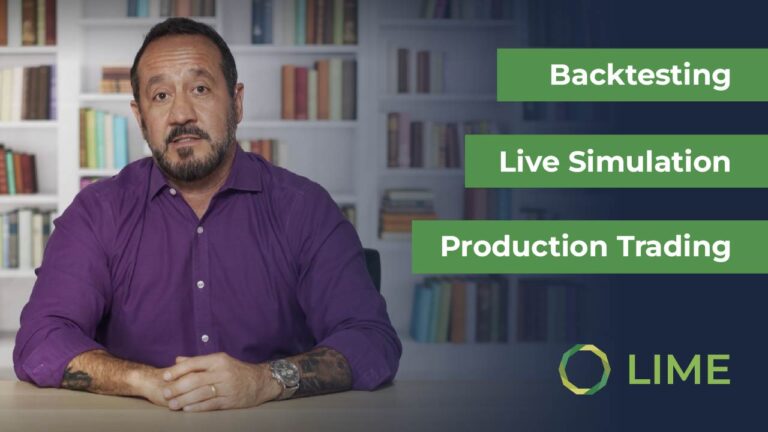What if the Market Has a Case of the Hiccups?
A picture is worth a thousand words. For investors active in the 2007 to 2009 period, the memories of multiple head-fake rallies are still vivid – as a number of those were followed by a down-leg over 18 months.
Current conditions are markedly different. The economy does not have a fundamental problem like the real estate collapsefollowed
by a-credit crisis that infected the entire financial and insurance sectors back then.
Investors that have benefited from the SP500’s 15% gain from the bottom may want “insurance”. This strategy protects 90 cents on the dollar against foregoing a small portion of the upside.
Structuring Insurance
The structure is simply to protect an investor’s current position against losses over 10%.
To finance this protection, the investor would pay 1.44% of
the protected amount, which would increase to up to 3.8% if the SP500’s price was to increase over 5.5% by year-end.
This strategy is designed to protect positions in the SP500 through the index-tracking ETF SPY. However, to that extent an investor is well diversified in blue chip stocks, this structure could be used effectively with the caveat that the correlation would not be perfect.
What could go wrong with this type of strategy?
As every insurance product, the best outcome for the investor is that this strategy ends up inactive and the price paid for the premia and posted collateral lost, as this means the underlying position has accrued gains.
However, for investors that use this strategy to protect a non-strictly SP500 tracking position, there is some risk of a tracking gap that increases if the position includes a large portion of non-index, small caps, or highly volatile stocks increase of large-cap names with large weights in the SP500 and/or Nasdaq indices.
Protection to Year-End:
This strategy could be used with the SPY (which tracks the
SP500) for conventional portfolios, or the QQQ (tracks the Nasdaq) for tech-heavy positions.
This example uses the SPY as underlying.
The anchor instrument is a put option at between 8.5% and 9% discount to the SPY’s current market price. This position would allow to directly cap the loss of 100 shares
of SPY (about $42k in current market value) plus the cost of the option.
To defray the cost of the put option, the strategy includes selling a call spread – i.e., selling a call option striking at a ~3% premium to current market prices, and buying a call striking at a ~5% premium. All the options expire December 30, 2022.
Thesis and Timing:
This strategy works as an insurance against a late-in-the-year sell-off in excess of 10% in the second half of the year.
Currently, market consensus has moved to a bullish view of peak-inflation, the anticipation of a softer turn in the Fed’s rate action, and an alleviating recession risk. However, the flip side is that year-on-year inflation remains at high single
digits, Fed officials continue highlighting the need to control inflation – the latest being Mary Daly, President of the San Francisco branch in an interview to the Financial Times -, and despite positive signs of economic recovery in the US,
Europe and China seem to be enduring tougher conditions. These early bullish signs could prove premature and the recent 15% rally may prove to be a head-fake much like the many that we saw in 2008/2009.
Just to recap the history of 2007/2009 and highlighting that the underlying financial and economic conditions are vastly different, there are some technical parallels between the recent market performance and the trajectory of stock prices back in the credit crisis.
Perhaps the most relevant parallel between 2007-2009 and today is the pattern of see-sawing stock prices prior to the big sell off.
Investors that have benefited from the recent mini rally could be interested in protecting these gains by including some insurance in their portfolios.
Information on Disclosure Agreements
© 2022 Securities are offered by Lime Trading Corp., memberFINRA & SIPC,NFA, Lime Advisory Corp is aninvestment adviser registered with the SEC. and Lime FinTech is a technology business. Collectively known as“Lime Financial” or “Lime” provide various trading, investment advisory services, and technology solutionsincluding web and mobile trading applications, to retail and institutional investors. All investing incurs risk,including but not limited to loss of principal. Further information may be found on our Disclosures Page.
Please read the Options Disclosure Document titled “Characteristics and Risks of Standardized Options”before trading options.
Options trading entails significant risk and is not appropriate for all investors. Certain options strategiescarry additional risk and investors may lose 100% of funds invested in a short period of time. Investors shouldconsult with a tax advisor as to how taxes may affect the outcome of any options strategy. Options tradingprivileges are subject to Lime Trading Corp. review and approval. Transaction costs may be significant inmulti-leg option strategies, including spreads and straddles, as they involve multiple commission charges.
This material has been prepared for informational purposes only and is NOT intended to provide nor should itbe relied on for tax, legal, or accounting advice. Please consult your own tax, legal, and accounting advisorsbefore engaging in any securities transactions as each individual investment(s) may result in diverse/adversetax implications that will affect the outcome of any investment strategy. No information presented hereinshould be considered an offer to buy or sell a particular type of security. This is not an offer or solicitation inany jurisdiction where we are not advertised to do business. Other fees, such as regulatory, service, or otherfees, may apply. Please visit our Pricing Page for further information. Investments involve risk, pastperformance does not represent future results. Diversification may help spread risk but does not protect in adown market. You may lose all of your investment. Investors should evaluate their financial situation,investment objectives, and goals before investing. Substantial risks are involved with electronic trading. Daytrading involves significant risk and is not suitable for all investors. Please see our Day Trading RiskDisclosure Statement for more detailed information. Trading on margin is not appropriate for every investor.Please see our Margin Disclosure Statement for information on risks. System response may vary due tomultiple factors including but not limited to trading volumes, market conditions, system performance, andother factors. Access to electronic services may be limited or unavailable during periods of peak demand,market volatility, systems upgrades, maintenance, or for other reasons







